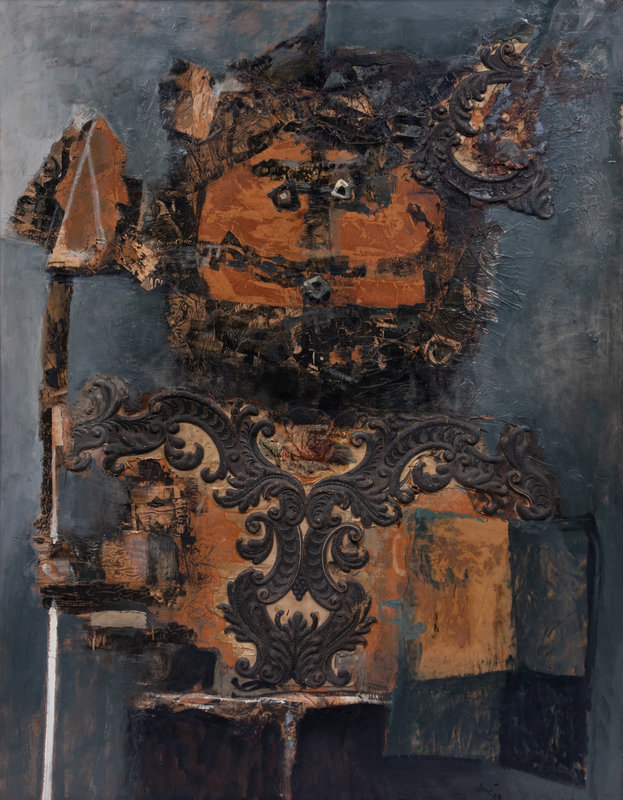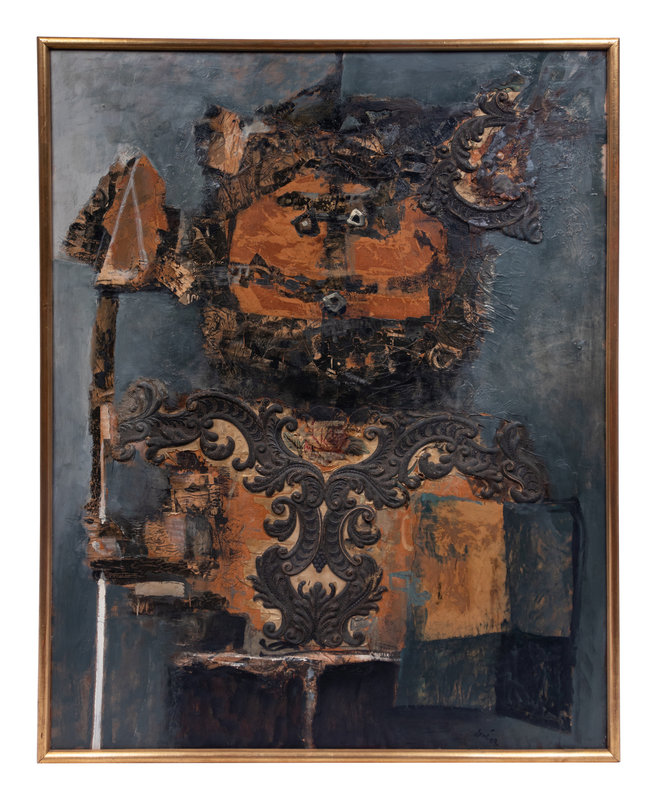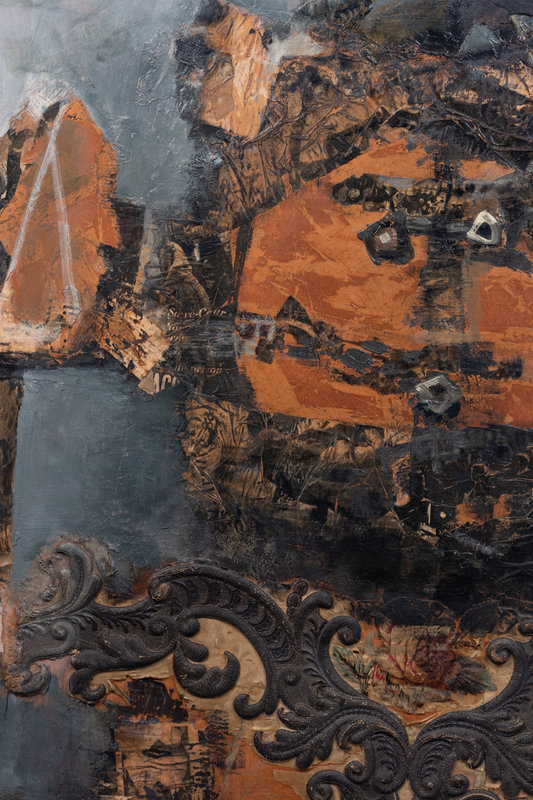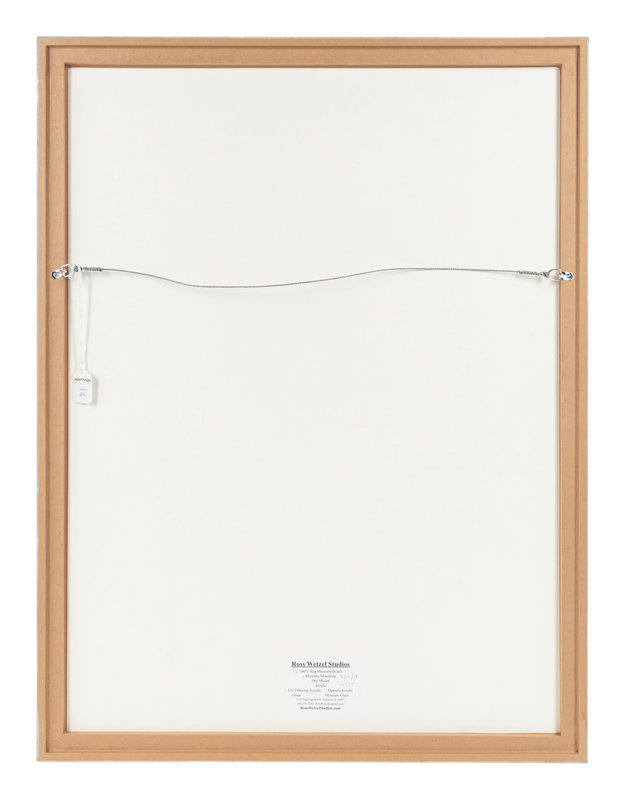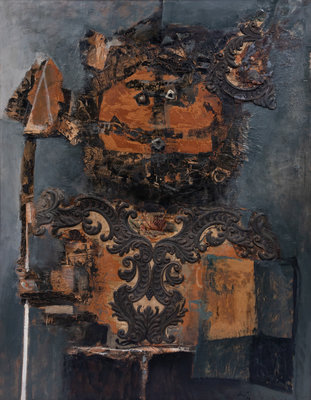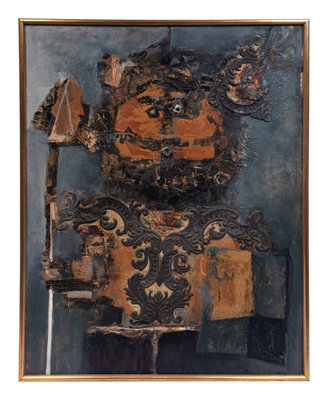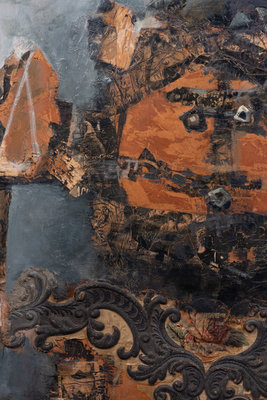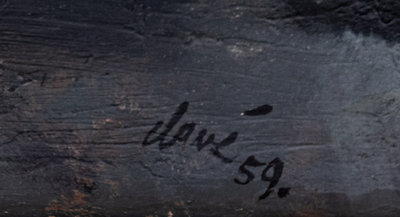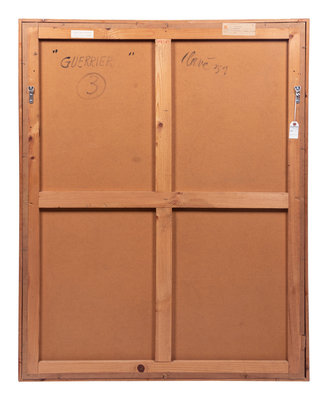Condition Report
Contact Information
Auction Specialist
Lot 59
Antoni Clavé
(Spanish, 1913-2005)
Guerrier
, 1959
Sale 1114 - Post-War & Contemporary Art
Dec 14, 2022
10:00AM CT
Live / Chicago
Own a similar item?
Estimate
$15,000 -
25,000
Price Realized
$37,500
Sold prices are inclusive of Buyer’s Premium
Lot Description
Antoni Clavé
signed Clavé (lower right); signed, titled, and dated (verso)
58 3/4 x 46 inches.
Sold to Benefit the Acquisition Fund of the Indianapolis Museum of Art at Newfields
This lot is located in Chicago.
(Spanish, 1913-2005)
Guerrier
, 1959oil and collage on board
signed Clavé (lower right); signed, titled, and dated (verso)
58 3/4 x 46 inches.
Sold to Benefit the Acquisition Fund of the Indianapolis Museum of Art at Newfields
This lot is located in Chicago.
